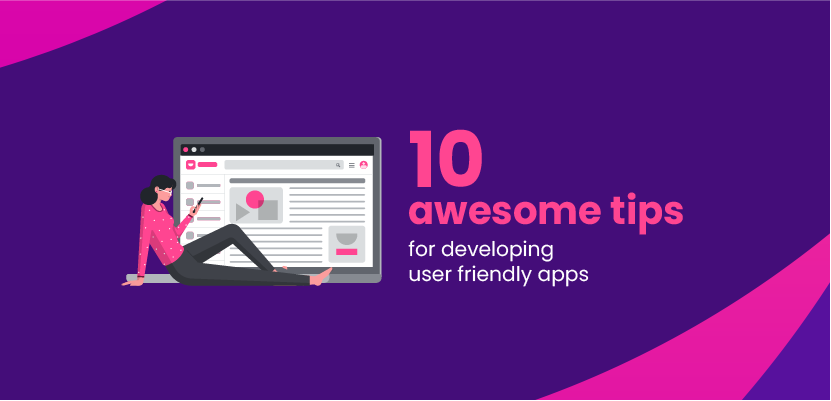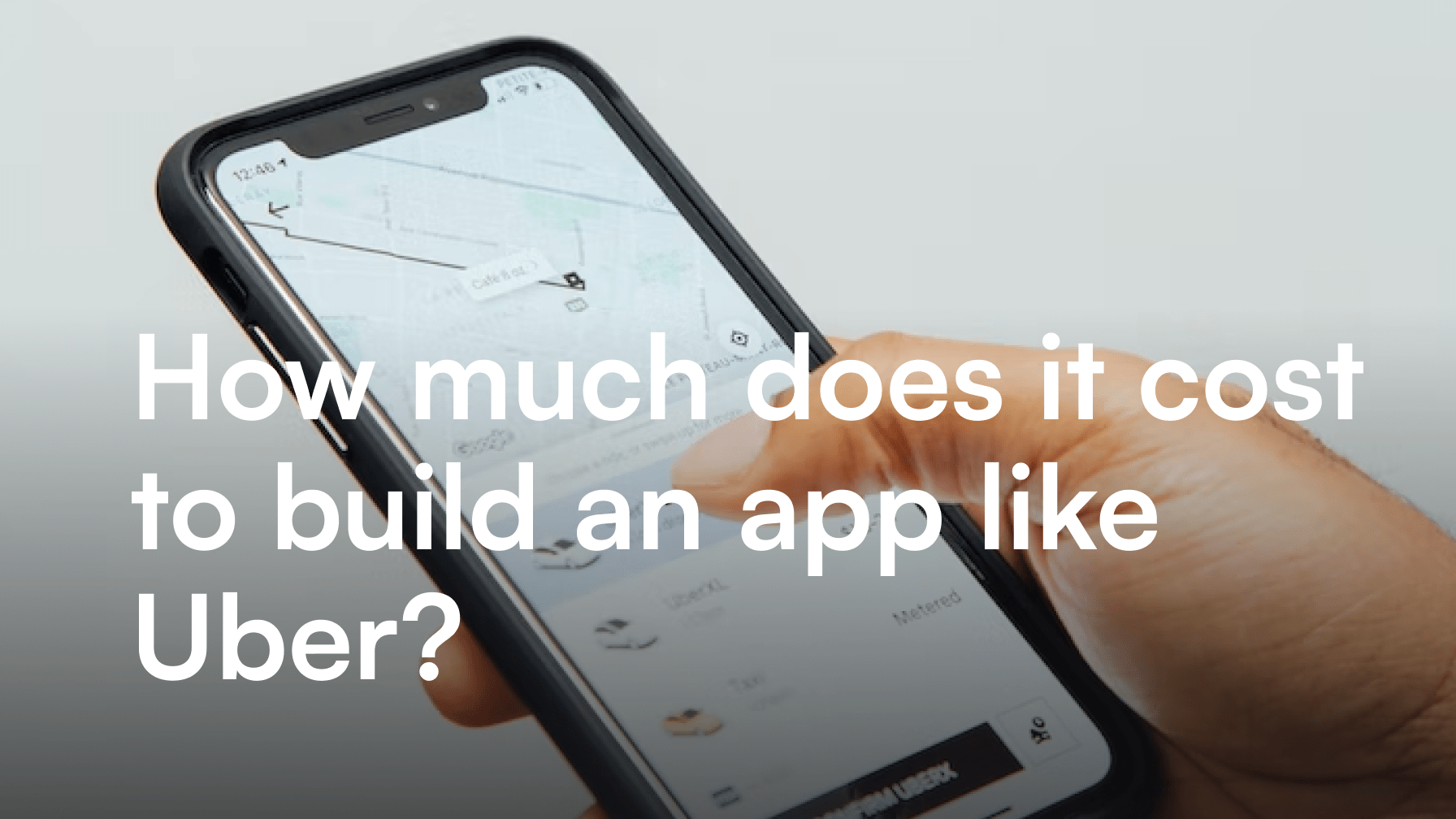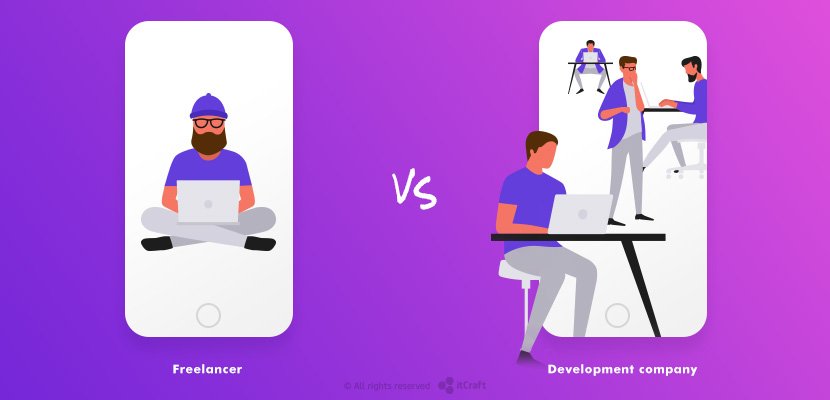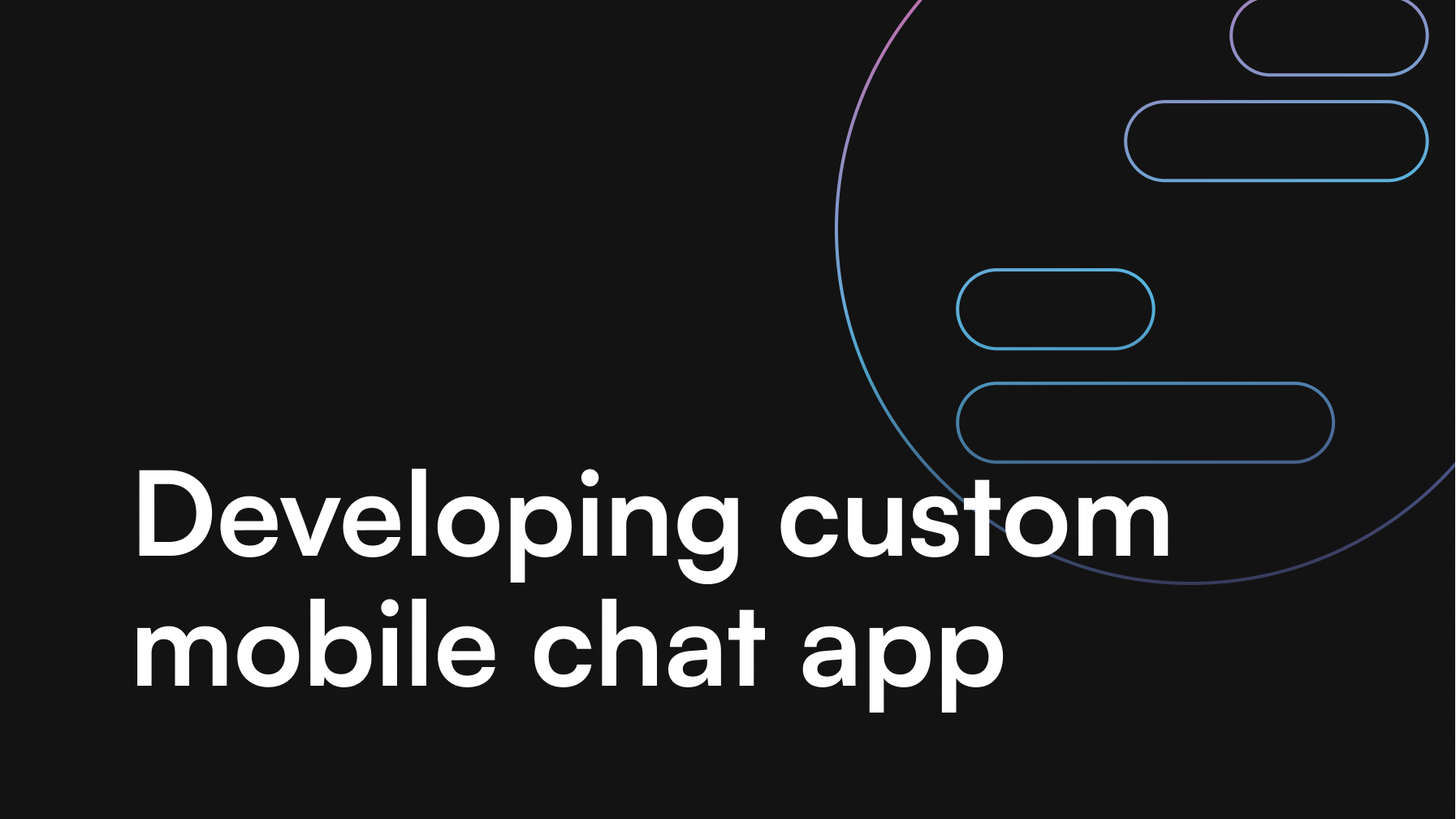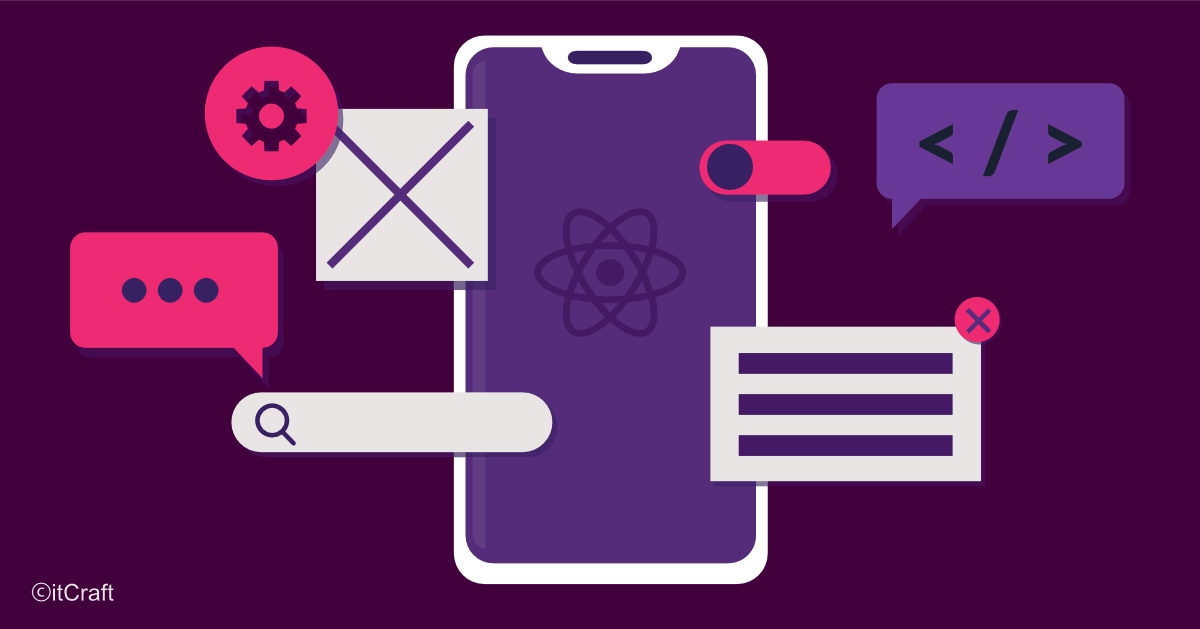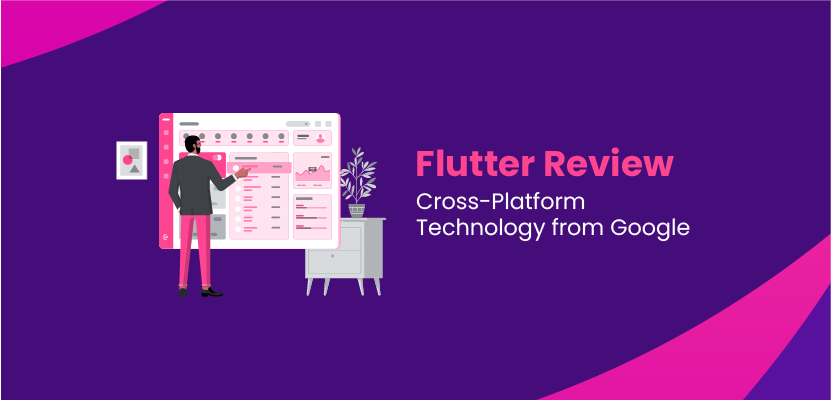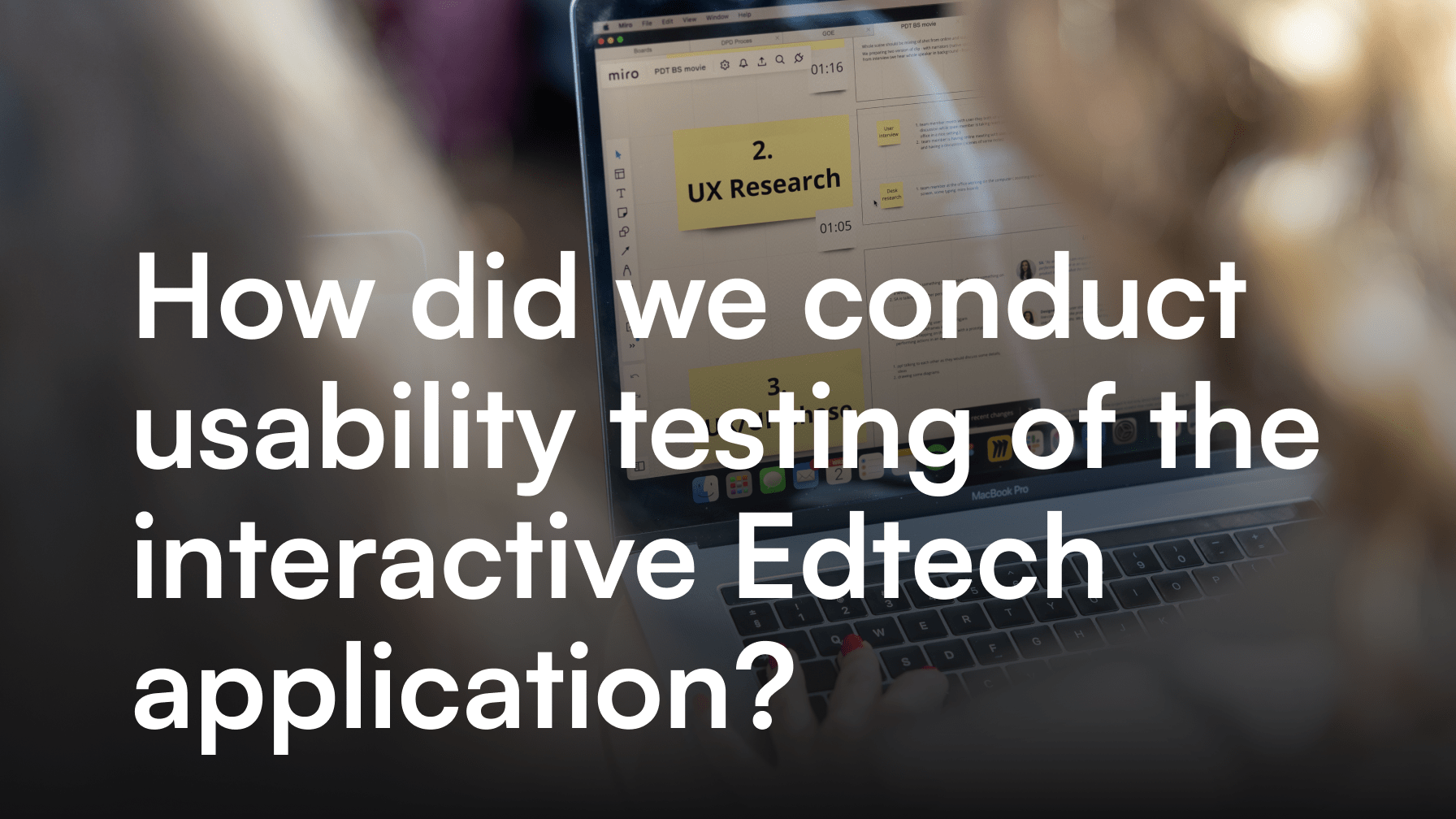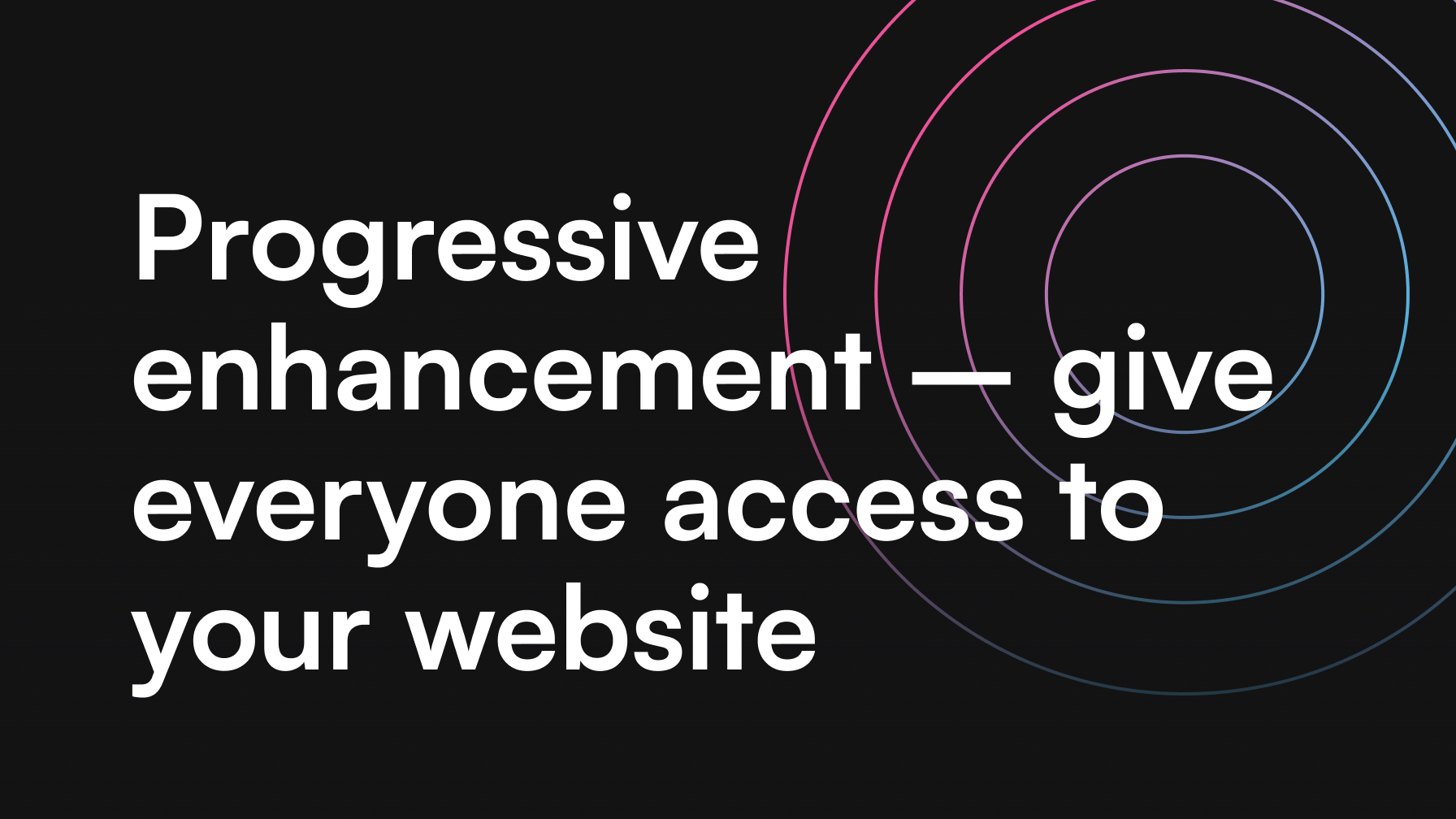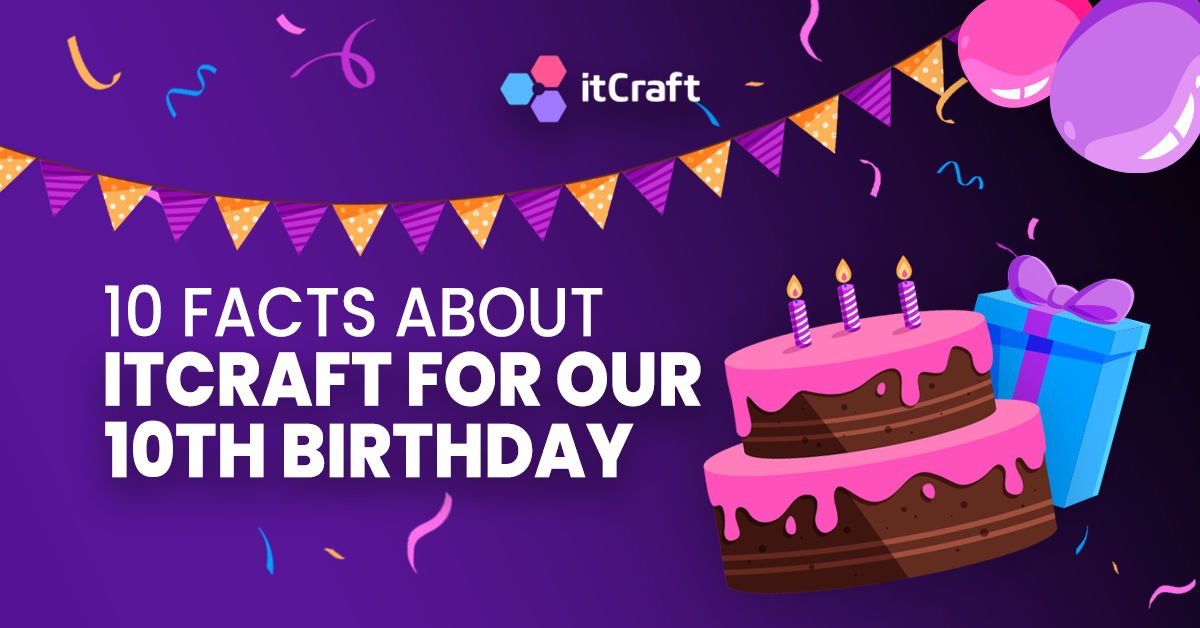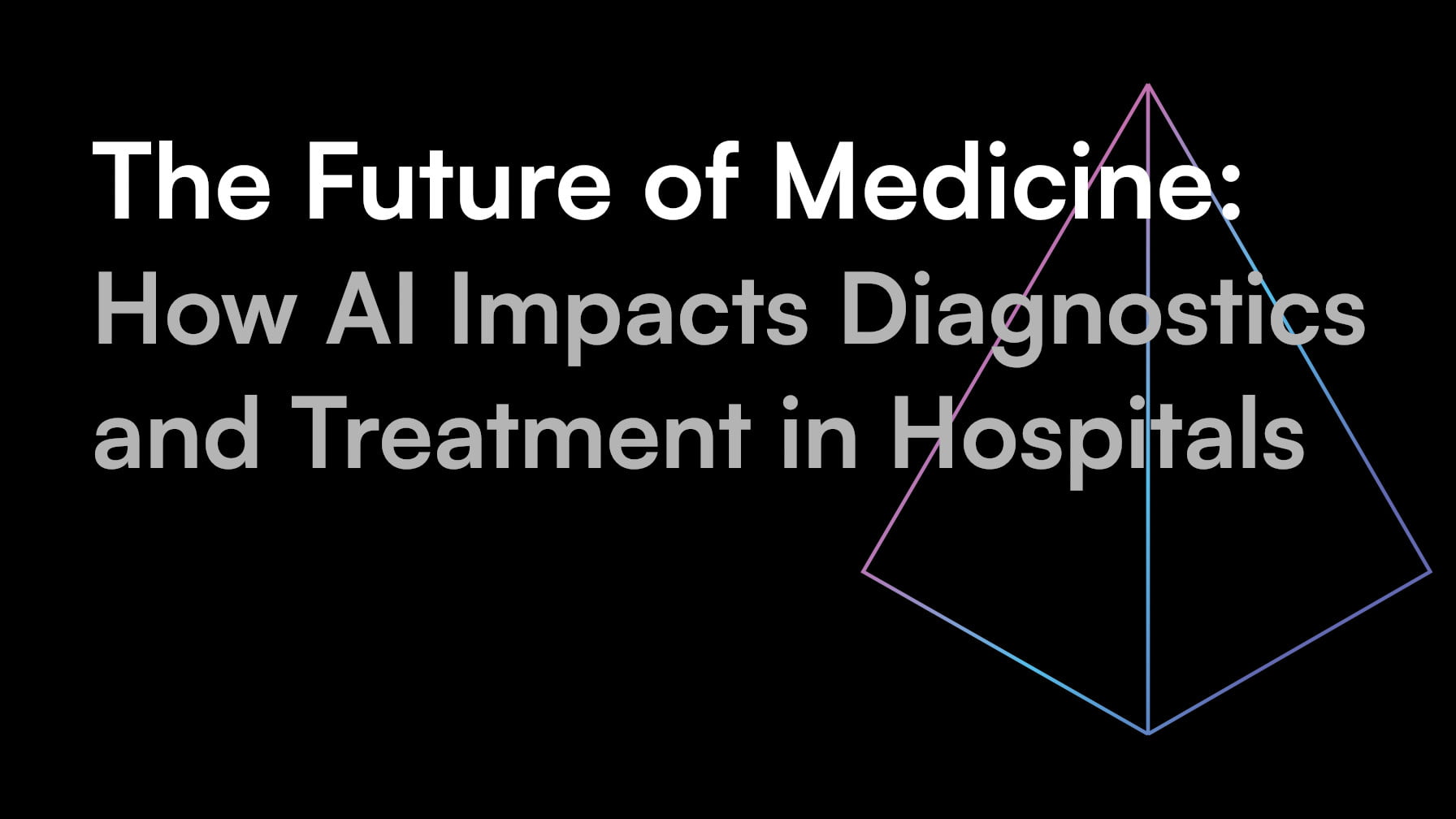Android & iOS app development life cycle – developer guide
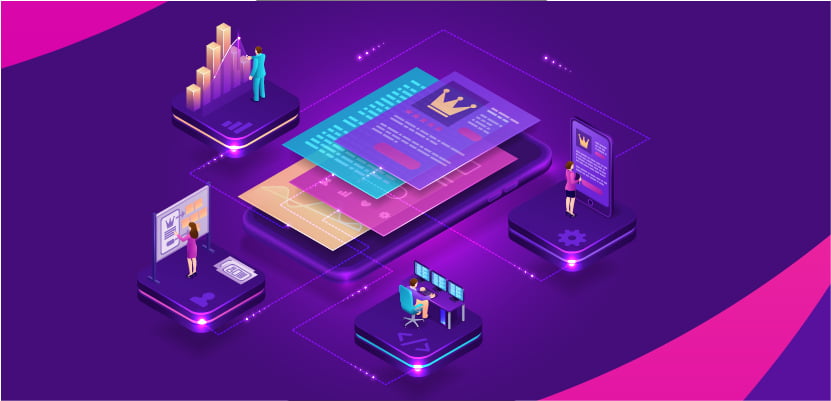
A walkthrough of a mobile app development process. App’s life cycle – from an idea, through money and production to launch and product’s success. All the things you may not know you need to know about mobile app development. Tick the whole checklist and you’re ready to grace the world with your idea crafted into the next mobile bestseller! A must read for mobile app startups and people with ideas.
Table of contents
- Idea
– Find potential users and ask for feedback
– Research competitive apps - Timing
– Find your moment
– Develop app that fill current market needs - Business plan for mobile app concept
– Business Model Canvas (BMC)
– Value Proposition Canvas (VPC)
– Prepare yourself before spending money on development - App funding – raising money for app development
– Determine who can help you
– How to raise money for development
– Look for opportunities around - App development phase
– Mobile app development company
– Software house covers whole spectrum of app development
– Develop your app in SCRUM methodology
– Agile methodology for Android / iOS application
– Software development companies in Poland - How to develop mvp application (minimal viable product)
– Go with Agile
– Mobile app development is a never ending story - ASO App Store Optimization
– Help your app to rank higher
– Why is ASO so important? - Ready to go
– Next steps after publishing
How do you enter the world of mobile apps? How do you turn an idea into fully fledged product? Plan, development, marketing – with a great idea comes a long (ish) and bumpy road to launching an MVP and growing it to a fully featured app destined for success. We will try to smooth out this road for you and make it a building (developing) experience. So if you think you’ve got what it takes to start the adventure of getting your app created, keep reading. This app development guide will walk you through a project’s life cycle and show you what it takes to actually see your baby on the market fighting for survival (at first) rising to the top (a little later) and becoming the next market leader or one of the regular must haves.
1. Idea
Everything starts with an idea, but a good idea for an app is one that has already been thought of. Probably. Even if you think yours is the one and only, it’s always good to check with reality. Even if the app already exists, all is not lost – the take on it may be the secret to success.
Find potential users and ask for feedback
If it’s a mobile app, who better to ask than potential users? Ask friends, co-workers or even random people you meet if they think an idea like yours could be useful. People love to criticise, which will give you the insight into what may be wrong with your concept. They also love to get excited – so if you hear people cheering you on -you’re definitely on the right track. If your mobile app is to be dedicated for a certain group/business – check if they don’t have it already. Even if your idea turns out to be not so original after all, maybe the approach is, maybe it offers your target audience something others don’t.
Research competitive apps
Be inspired by others. Look around you, wherever you are. Maybe there’s an app or a service in a country you’re visiting that hasn’t been thought of back home? Why not take this on board and work with an idea that is already successful somewhere else? Apps like Uber have their clones around the world, some of which are breaking records of popularity where market leaders have little or no exposure.
Never stop looking for inspirations
Inspiration can come from the most surprising places so keep an open mind to the world around you. It may seem sometimes that all the good ideas are already taken, but that’s not true by far. Our
2. Timing
Is the world ready for your Android or iOS app? You’d be surprised how badly things can go if it’s not. It’s not just comedy where timing is everything. Beside a great idea, you need to be sure that the time is right for it to see the light of day. Mobile apps must be tailored to the needs of users, don’t start development process until you are sure. Different times – different needs. And times, they are a’changin. Fast.
Find your moment
When thinking about timing it’s important to look at the market you are trying to conquer. The Global Financial Crisis of 2007-2008 gave a rise to services and applications like Uber or AirBnB. They offered propositions that, at a time when money became scarce, gave users options to earn or save money by avoiding using traditional, more expensive ways to travel. Economy has since improved, but Uber and AirBnB remain – becoming a new standard and significant competition to regular services.
Develop app that fill current market needs
Financial situation is but an example. Market needs are defined by the users and their requirements, pains and wants. If you’re looking to launch a user friendly app for young people, make sure you know what they need now, fashion changes quickly, but once you stick your foot in the door at the right moment, you’re in for a treat. Research the market now, compare to other markets that may be a bit ahead of yours. Get a clear and broad view of contemporary needs and then decide if the time for developing your mobile app has come, maybe it’s passed and maybe it’s still the future.
3. Business plan for mobile app concept
When planning a new app development, there are many aspects that need consideration. Idea itself is a great thing – you came up with something amazing, you know there’s money in it, the value is undeniable. But without a good plan an idea remains just that – a shadow without substance.
On this step of mobile app development lifecycle, two things will be essential to your plan – a Business Model and Value Proposition. Without these neither you nor your developer, not to mention investors will know what they’re doing or why they’re doing it.
Business Model Canvas (BMC)
Preparing a Business Model Canvas will help you get a perspective and assign roles and resources to particular needs of your project. It will contain projected costs like development and marketing, short and long term, it will also show what your Value Proposition is and how you’re planning to make money. The Canvas should be a permanent wall decoration in your office. It will change and develop over time, but the core will remain, and having your plan always in sight will help you focus on it and adjust it as required.
Value Proposition Canvas (VPC)
A Value Proposition Canvas is a way of outlining the value of your idea. It will contain information on what your customers needs (pains) are, what they will get out of using your app (gains) and how your product will satisfy these requirements – gain creators and pain relievers. The more you have to offer to your customers, the better, but remember to start with lean approach and develop according to new needs arising.
Prepare yourself before spending money on development
Both these Canvas models are essential for you to keep your focus on the work ahead, following progress and setting up of goals to be achieved. Without a good business model no serious investor will be able to help you either. They need to be shown value, even if it’s a projected one, and having a good business model shows that you are able to both see the value and show it to others.
4. App funding – raising money for app development
A well designed plan will be useful very early in your mobile application development adventure. It will appeal to those you turn to for money. It will give you the scope of issues to be addressed.
Developing a mobile app is not cheap. Unless you’re already wealthy, you want to raise money for your project.
What is a mobile app?
Determine who can help you
Whether it’s friends and family or an investor, you will need a way to sell your idea. Prepare a Business Plan, maybe a simple mockup of your app, showing what it will do and who it’s going to appeal to. Practice your pitch – make sure you can talk about your idea in an interesting and engaging way. Try to predict what sort of questions and reservations an investor may have and be ready for them. The most important one they will ask each and every time is: ‘’How is this going to make ME money?’’. If you can make them see the value, they just can’t let it pass.
How to raise money for development
There are plenty of ways of securing money for projects that show promise. Starting from friends and family – the closest and arguably safest source of financing mobile app development. Ask around people you know, maybe someone will share your vision and decide to help out or even partner up with you. Friends make the best business partners, given that you do think alike.
Look for opportunities around
Another way is attending all sorts of startup events and researching online for options like crowdfunding, business angels, investors. Here preparation in key. Know what you’re trying to do, who you’re doing it for (apart from yourself, that is). The last and most risky option is going into debt of any sort. Going to banks or lenders should remain your last resort. Even the best idea for business has a chance of failure and having debt you can’t service is not something you want to consider. Debt makes sense only when it’s serviceable.
5. App development phase
Now that you know what you’re going to do, it’s time to find someone to do it with. Yes, the developer you choose will not do ALL the hard work for you. When shopping around for IT companies to craft your idea into actual product, first make sure they speak English – you don’t want to end up with rights to code (your apps ‘’brick and mortar’’) no-one can decipher let alone improve or develop.
Mobile app development company
What you’re looking for is a mobile app development company that is able to provide a comprehensive service. To have the control over your project, you want one main developer to work with from start to finish. Too many cooks spoil the broth – in software development this one is more than accurate. You don’t want to end up with a Frankenstein’s monster on your hands.
Software house covers whole spectrum of app development
A professional software house will make sure you have the full insight into the project as it progresses. Your project’s manager should be in contact with you and all the work will need to be transparent, so it’s clear to you what stage it’s at, what issues arise and how they’re solved.
What is a mobile app?
Develop your app in SCRUM methodology
Ask your developer how they will report the work to you. They should be able to offer continuous access to the project and make you a part of it. A SCRUM methodology is one of the best ways of doing it. Here, the workflow is divided into SPRINTS – time periods where certain goals are achieved. As a product owner you will be able to not only oversee, but also influence, change and reduce the amount of work required as the project progresses.
Agile methodology for Android / iOS application
No professional Android or iOS developer will tell you to leave it to them and come back for a finished product. These days we all work in AGILE methodology, where all those involved in a project have the influence on requirements and solutions used. You, as a project owner – first and foremost. If, in the middle of the work, you decide you want to drop one of the features of your app that is too expensive, unnecessary or no longer needed – you should be able to do that without too much of a fuss.
Software development companies in Poland
When choosing a development team it’s good to look at developing economies of eastern and central Europe, where countries like Poland are emerging as new leaders in web and mobile software development. Working with latest technologies, constantly upgrading and expanding their capabilities, and obvious economical factors make them the primary choice. They are also part of the western world with rules, regulations and transparency that are hard to come by the further you look.
6. How to develop mvp application (minimal viable product)
A Minimum Viable Product is something you will need to consider, regardless of your budget, from the very beginning of the works on your project. No idea is perfect from the start, as no matter what you may think about your future app, it will be up to its intended users to decide whether they want it or not. MVP App Development may by best solution for you.
Go with Agile
The MVP approach gives you (again) the ability of AGILE development where you can adjust the product to real needs and requirements rather than playing (and paying for) the guessing game.
Find selling point
Think about your app – what is its ‘’thing’’, the selling point, the one feature that makes it stand out. Then you want to build around that. Once you have a working product – you can launch it, and delegate the hard work of perfecting it to the end users. Let them decide if what you give them is useful and what can be done to make it better. User reviews and feedback, suggestions and critics will help you decide how you want to progress with your project. Best thing about MVP approach is that all the input you get is free, it comes from actual users and gives you a whole lot of points of view. Saves you the market research, shows what people really need and want – all at virtually no cost.
Don’t waste money
MVP approach means you can choose what is essential, then what’s important ending with what’s extra. Think about your needs – do you really want an app capable straight away of servicing millions of users across all the platforms? Overscaling from the get go is a mistake that can cost you a real fortune. Starting small – with one platform or a web app will give you a chance to see how to scale in the future. Estimating based on a live product is way more accurate and cost efficient than throwing everything at the users to see what sticks.
With MVP version you quickly get a product that’s alive and growing in the market. You can better control it’s development getting rid of bits that don’t work and adding those the users are looking for.
Grow your app wisely
Truly, no successful mobile app ever stops growing. Whether it’s in features or exposure. Your working MVP will give you the perspective on where you want to go next. Does it need more features, better user experience, scalability? With MVP approach all these questions can be answered by your users – the best source of information. Once it’s grown into full scale product you dreamt at the beginning it will become a shared dream of all those included. When users get the stuff they want, they will keep using the product and identify with it – they will become part of it.
Mobile app development is a never ending story
No mobile app is ever a finished, complete product. If you look at market leaders like Uber, Youtube, or Facebook – they keep adding features, improving user experience, changing with market demands. This is the only way they can make sure they stay on top of the game.
7. ASO App Store Optimization
Once your project nears completion you will need to think how it will enter the market. You won’t get very far on going in blind and hoping for the best. The keyword here is OPTIMIZATION. App Store Optimization to be exact.
Help your app to rank higher
Every app released in one of app stores like Google Play or Apple’s App Store will need it’s profile for positioning it in the right category and enabling users to find it where they expect it to be. The information in the profile is used by the store to place your app in search results when people look for particular tools.
Optimization
For your product to be visible in the store, the profile and all the information it contains need to be optimised for relevance to how it may be searched for. Title, app’s name, descriptions, keywords – all these details are essential if you want to compete in the app market. There are two main goals you will strive to achieve – high Search Ranking and best possible Conversion Rate.
Relevant informations in app description
For your app to rank high in store search results, your ASO specialist will need to add information in the profile that are most relevant to potential searches. Although basic information may seem fairly obvious and easy to do, the big picture is much more complicated. Your mobile app will be competing on the market from the very first second of its release. Information about it must not only be relevant to the search engine, the users, but also competitive against other products like yours. Important thing to remember is that the competition that ranks higher didn’t get there by accident.
Monitor effects
Professional developers and app marketing companies hire ASO specialists and use sophisticated tools to monitor, optimise and report effectiveness of their work with a given product. Popularity of an Android or iOS app depends heavily on its visibility, the visibility in turn influences Conversion. Amateur approach to ASO will only get you so far, and if you’re not comfortable with a steep learning curve it’s advisable to employ professional help.
Make sure that your reviews are great
On to Conversion Rate. This is the bit which actually makes you money. Converting lookers into buyers is in the end what you’re after. According to latest market data the things that have highest influence on conversion are the visual aspects of an app and user reviews. The latter are hardest to come by for a new app, but when you do start getting positive feedback – it will really make you stand out.
Why is ASO so important?
Main reason is people’s laziness. Most users when searching for new apps, consider only the first few results of the search and never bother looking deeper. If you can position your app among those first few you do stand a higher chance of getting noticed.
8. Ready to go
Once your MVP is finished, your apps profile – icon, info, screens, descriptions perfected, you’re ready to launch your app. Your developer will help you set up an account with the appropriate app store (Google Play or Apple’s App Store) and you’re ready for take-off. Once it’s out, make sure ALL the people you know, learn about it and install it on their phones and tablets. Getting some initial traffic and interest could prove crucial to your apps position later on.
Next steps after publishing
Marketing is a must
For marketing and ASO there’s a huge choice of companies that do it, ask your developer – they may be able to help finding a good one or even provide the service themselves. Read also our app marketing guide to better plan your next step.
Stay in touch with your developer
The cooperation with the developer doesn’t end here, they gave you the product but with it a warranty and possibility of further cooperation. When you think you’re ready to grow – call them and let them help.
Your app development with itCraft
– from start to finish, and beyond.

